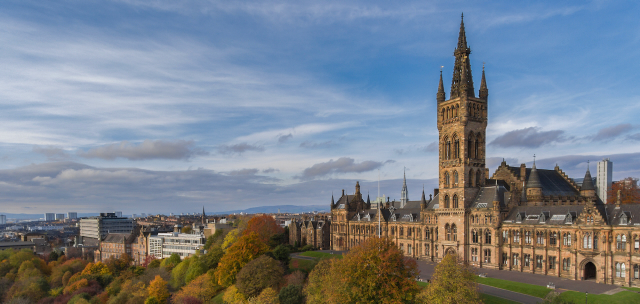Speaker
Description
The Belle II experiment searches for physics beyond the standard model. Among the intriguing candidates are decays with an offset vertex. However, the current level-1 trigger dismisses these candidates. To address this problem, a new trigger system is required that can identify such decays when they exhibit two tracks from an offset vertex. The approach uses parallel calculations of Hough transforms under different origin hypotheses. The implementation of this Hough transformation must be resource-efficient implemented, especially when the transformation and post-processing are executed multiple times parallel on the trigger FPGA.
Summary (500 words)
The multi-Hough displace vertex trigger presented here is based on the origin hypothesis of various parallel Hough transformations. The prerequisite is that two tracks originate from a displaced vertex point. This signature is a good candidate for new physics but is sorted out as background noise by the current Belle II L1 trigger system.
The first implementation of this idea used the Universal Trigger Board 4 (UT4) FPGA hardware (XCVU160) of the Belle II experiment. As the first step, a coordinate transformation that shifts each origin to the zero axis of the detector is implemented. This simplifies the look-up tables since only one individual look-up table per radius is required. For the Hough transformation itself, all complex sinus and cosinus calculations were pre-calculated so that no FPGA DSP is used for the Hough transformation. The addition of individual Hough curves in the standard Hough image is omitted, resulting in savings in the adder tree and reduced data storage. Instead, the individual curves are combined using a logical OR operation, resulting in a single black-and-white image. This means that we cannot determine the maximum as usual in order to obtain the original tracks. Therefore, the ratio of the upper and lower part to the middle part of the image is used. In a valid event, there are few hits in the middle part thanks to the overlapping of the individual Hough curves, whereas there are many hits in the upper part due to the sweeping of the curves. In the case of a noisy event, the individual Hough curves no longer overlap in the middle part of the image, so many original candidates can be discarded based on the ratio. The hardware implementation for this is simple and requires few FPGA resources, as only the number of pixels has to be counted.
With this method, we have successfully implemented several Hough transformations in parallel in a resource-saving manner on the FPGA platform used in the Experiment. The goal is to calculate 100 original hypotheses in parallel on as few FPGAs as possible and then analyze the best candidates for a displaced vertex track in more detail.
